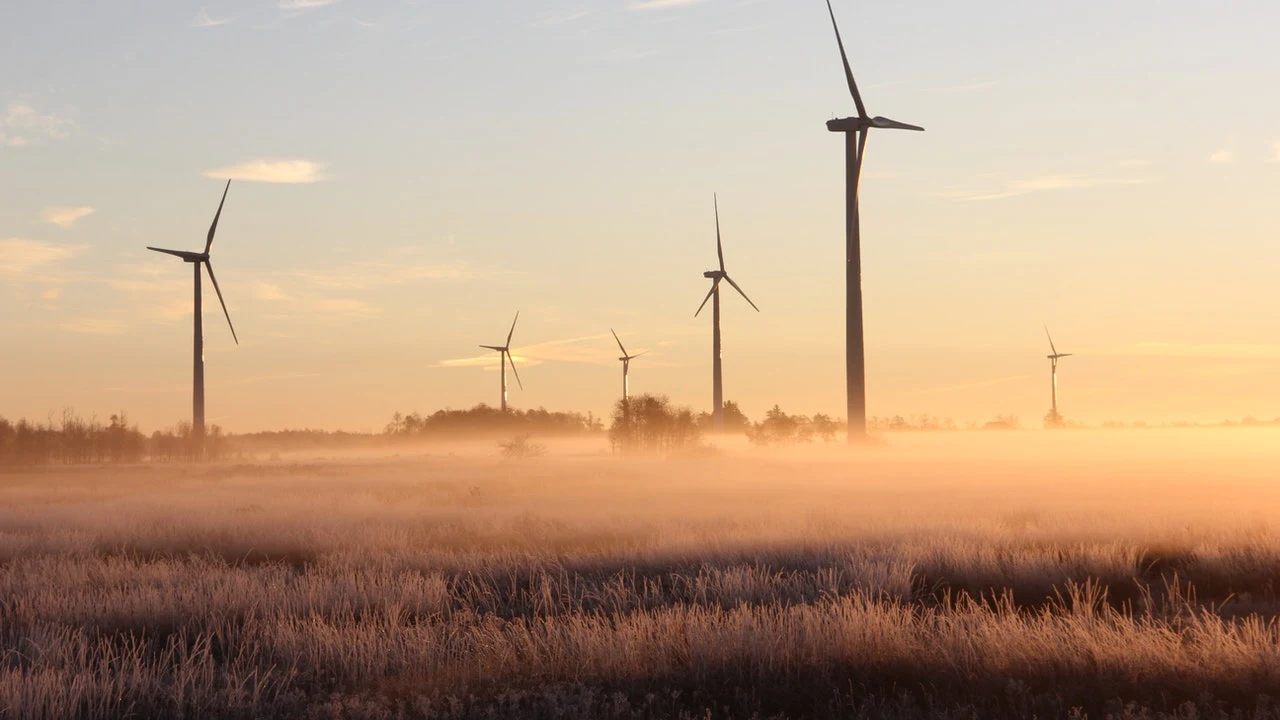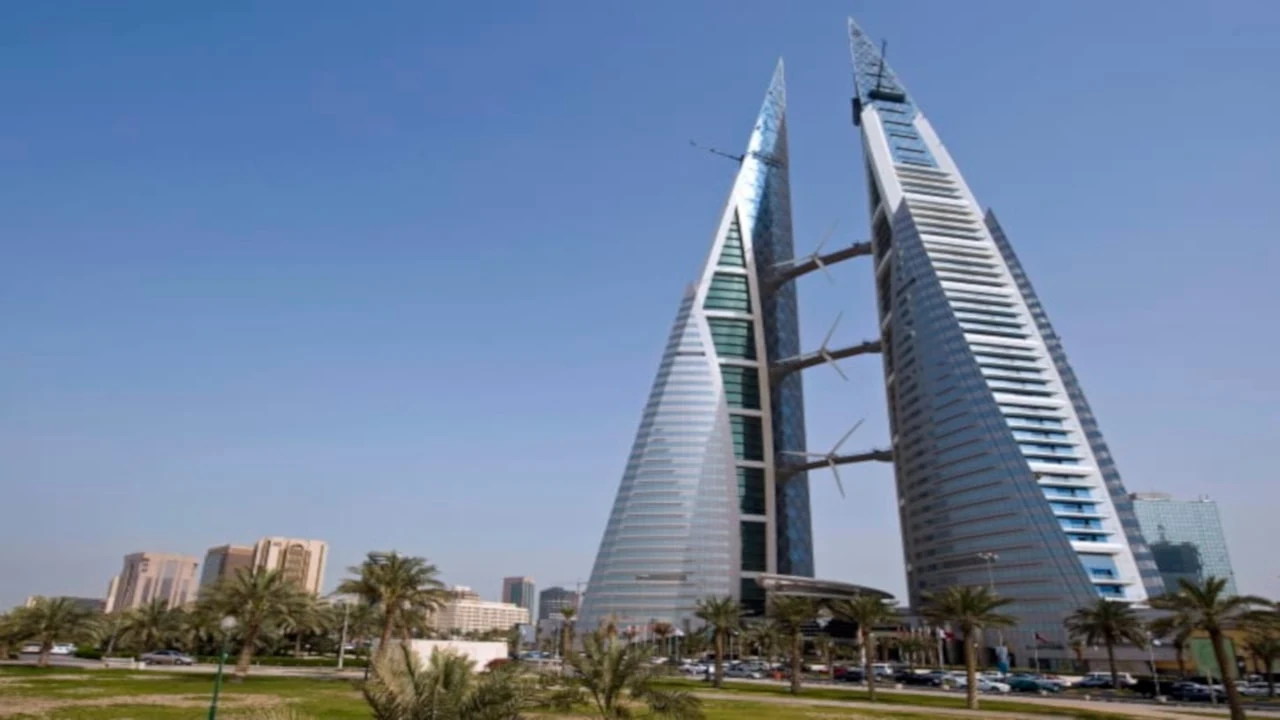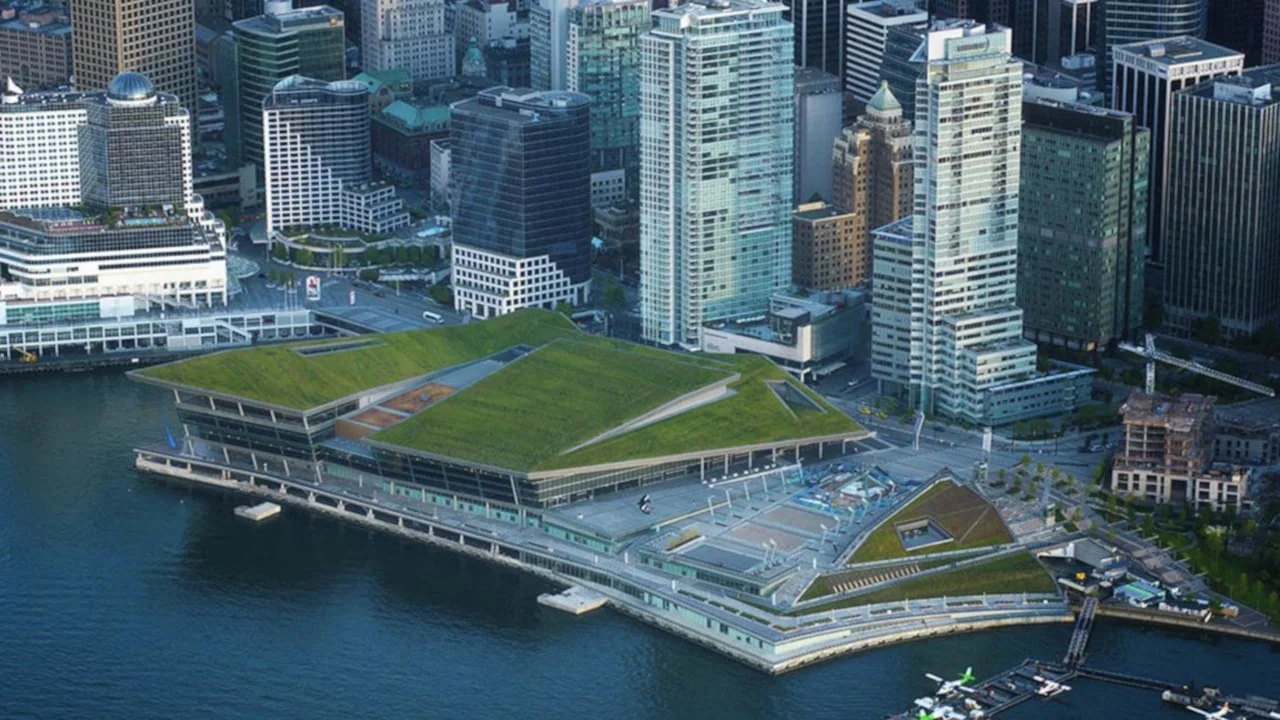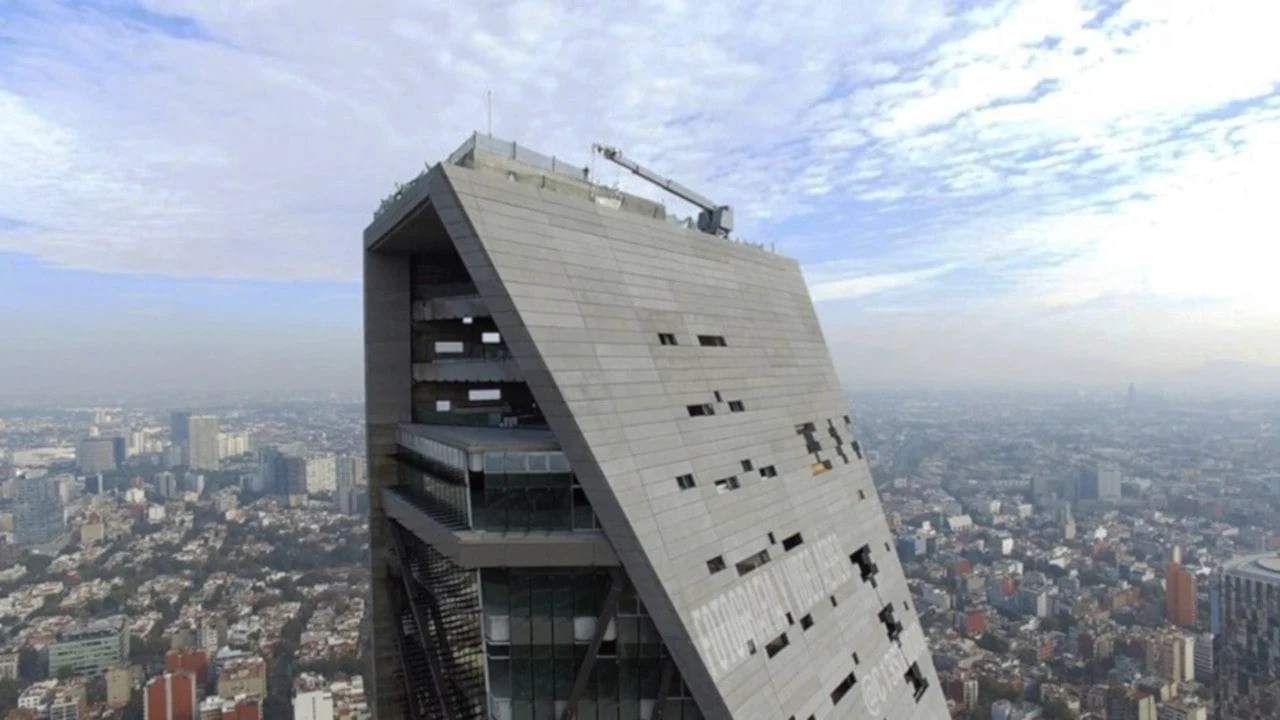Ecotechnologies, definition
Ecotechnologies are a set of natural species that organize
themselves. They function under specific conditions to operate as part of the
solution to a problem. An ecotechnology is a hybrid system with a non-living
part (technology) and a living part (the ecosystem).
What are ecotechnologies?
Ecotechnologies are a science that seeks to satisfy human
needs. Causing a minimum ecological alteration. These ecotechnologies
manipulate the forces of nature to take advantage of its positive effects.
Which integrate two fields of study. Ecology and technology.
These areas of study require an understanding of structure, ecosystems and
society.
Sustainable engineering that succeeds in reducing damage to
the ecosystem can be considered ecotechnology. As long as they adopt ecology as
a fundamental basis. As well as ensuring biodiversity conservation and
sustainable development.
Classification and types of ecotechnologies
Since progress is inevitable, eco-technologies for housing
are also inevitable. The constant deterioration of our planet, forces in demand
to the humanity. To the creation of passive solutions to this factor. We can
find a great variety of ecotechnologies, however, we will mention only some of
them.
Solar panels
They are formed by solar cells. They are tiny cells composed
of crystalline silicon or gallium arsenide. Photovoltaic cells convert solar
radiation into electricity.
Biodigesters
A biodigester system uses organic waste. In particular
animal and human excrement, to produce fertilizer and biogas. The fermentation
process is anaerobic, has no oxygen and bacteria are responsible for the
decomposition. The products are mainly intended for self-consumption on farms.
Rainwater harvesting
An ecotechnology system to save water consists of collecting
water that precipitates naturally. Through a filtration process, it retains the
impurities that the water may contain. It is then transferred to a storage
space for distribution.
Green roofs
Green roofs are built as spaces to achieve certain
environmental benefits. For example, capturing and retaining rainwater,
enhancing species diversity, insulating a building against heat gain or loss.
Green walls
A green wall is composed of plants that grow in vertical
systems and are usually on a wall. In some cases they can be free-standing.
Green walls incorporate vegetation, growing medium, irrigation and drainage
into a single system.
Green lighting
The main current alternative to this responsible,
environmentally friendly consumption is LED lights. LED lights are much more
efficient and environmentally friendly than those commonly used. From the
material it is made of to the way the light is produced. This type of lighting
is made up of diodes that emit light when current flows through them. It does
not need gases or filaments and does not generate heat.
It is worth mentioning that ecotechnologies and
ecotechnologies are different. Ecotechnology is the science that uses
technological advances to improve the environment. By reducing pollution and
improving sustainability. Ecotechnology is the result of the practical
application of science. This has nothing to do with green mortgages or infonavit
ecotechnologies.
Ecotechnologies applied in architecture
Due to the interest in global warming, the topic of waste
disposal could not be more relevant. The application of modern science in
ecotechnologies, as well as common sense, has led to the development of a
variety of different technologies. It has led to the development of a variety
of different technologies. Among them are wastewater treatment, gas leakage and
solid waste.
In general terms, the techniques employed can be classified
into physical, chemical and biological techniques. Conventional ecotechnologies
are necessary, but are no longer sufficient.
Examples of eco technologies
Pixel Building
Opened a decade ago. It was Australia's first carbon neutral
office building. This building generates all of its own power and water on
site. Its energy-saving features include colorful, eye-catching panels that
provide shade and maximize daylight. It includes supports that help process
wastewater. A roof that captures rainwater and a series of vertical wind turbines.
World Trade Center
As torres futuristas do complexo do World Trade Center do
Bahrein. Atingem uns incríveis 787 pés. Estão posicionados de forma ideal para
tirar partido dos ventos do deserto da nação insular. Isto é graças às três
turbinas montadas nas pontes para gerar electricidade.
As turbinas fornecem cerca de 15% da electricidade dos
edifícios. As piscinas reflectoras na base das torres ajudam a arrefecer
através da evaporação.
Vancouver Convention Centre
The first building of its kind to earn a double LEED
platinum designation. Honeycombs were installed to pollinate plants and grasses
on the roof. To, reduce heat buildup in the summer and conserve heat in the
winter. The sloped shape of the roof also promotes water flow and seed
distribution. Part of the project is built over water to help maintain a marine
ecosystem.
Tower reform
It is characterized by its energy-saving measures. The
engineering firm behind the project, Arup. It claims that, the tower's
slenderness maximizes natural light coming in, reducing electric lighting.
Automatic controls open the windows before dawn to let in fresh air as a form
of natural ventilation. The tower is LEED Platinum certified. And it has
another important advantage. It is built to withstand a major earthquake, which
is essential in a city prone to earthquakes.
Ecotechnologies advantages and disadvantages
Ecotechnologies are an environmentally friendly technology.
It is developed and used in a way that protects the environment and conserves
natural resources. The importance of ecotechnologies cannot be ignored. We have
reached a point where we need to pause and reflect on the importance of
technology and why it is important to mankind.
Advantages
- Emits no harm to the air
- It can bring economic benefits to certain areas.
- Requires less maintenance.
- Renewable, which means it will never run out.
- Can slow the effects of global warming by reducing CO2.
Disadvantages
- High implementation costs.
- Lack of information.
- No known alternative chemical or feedstock inputs.
- No known alternative process technology.
- Uncertainty about yield impacts.
- Lack of human resources and skills.




